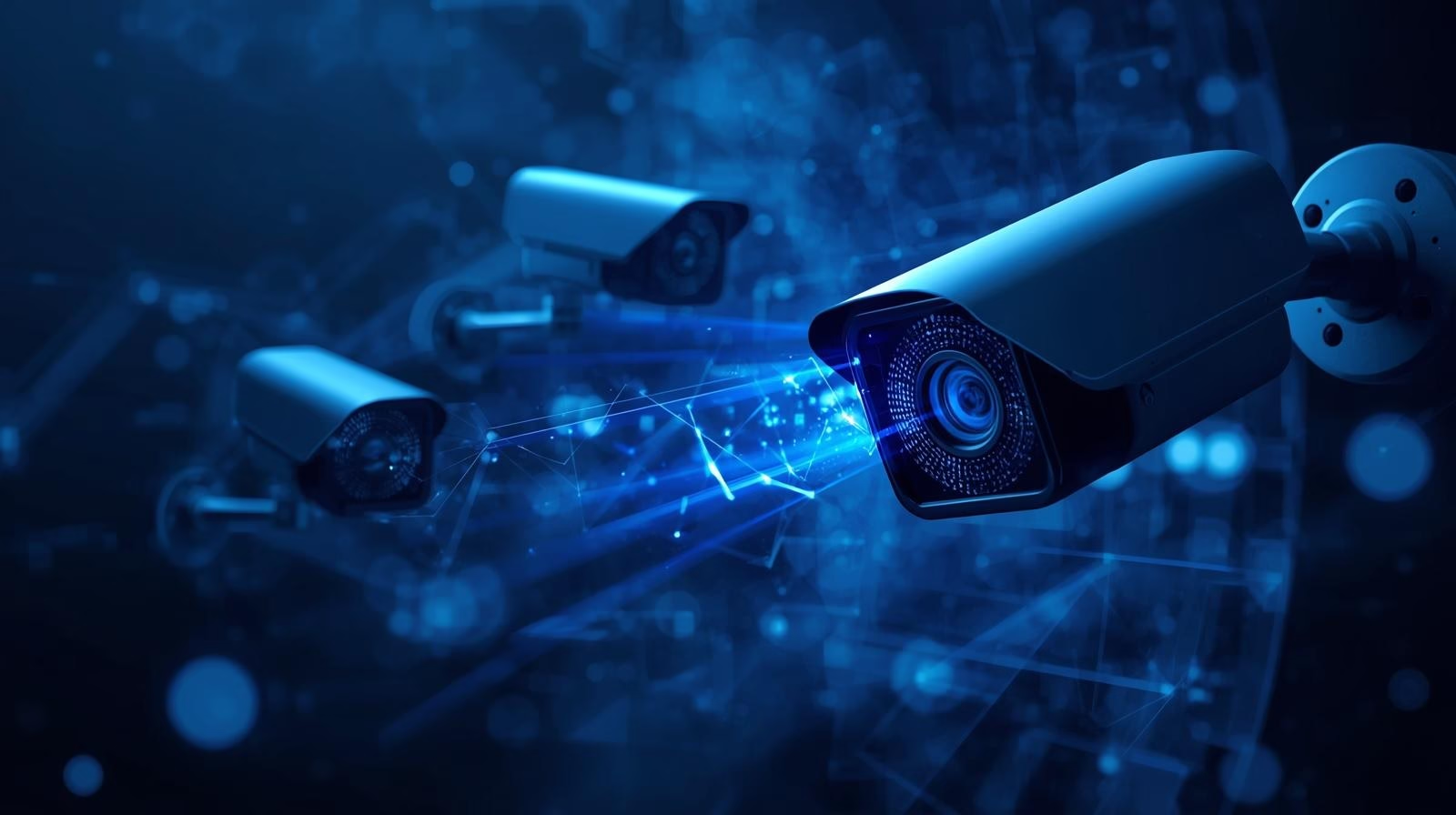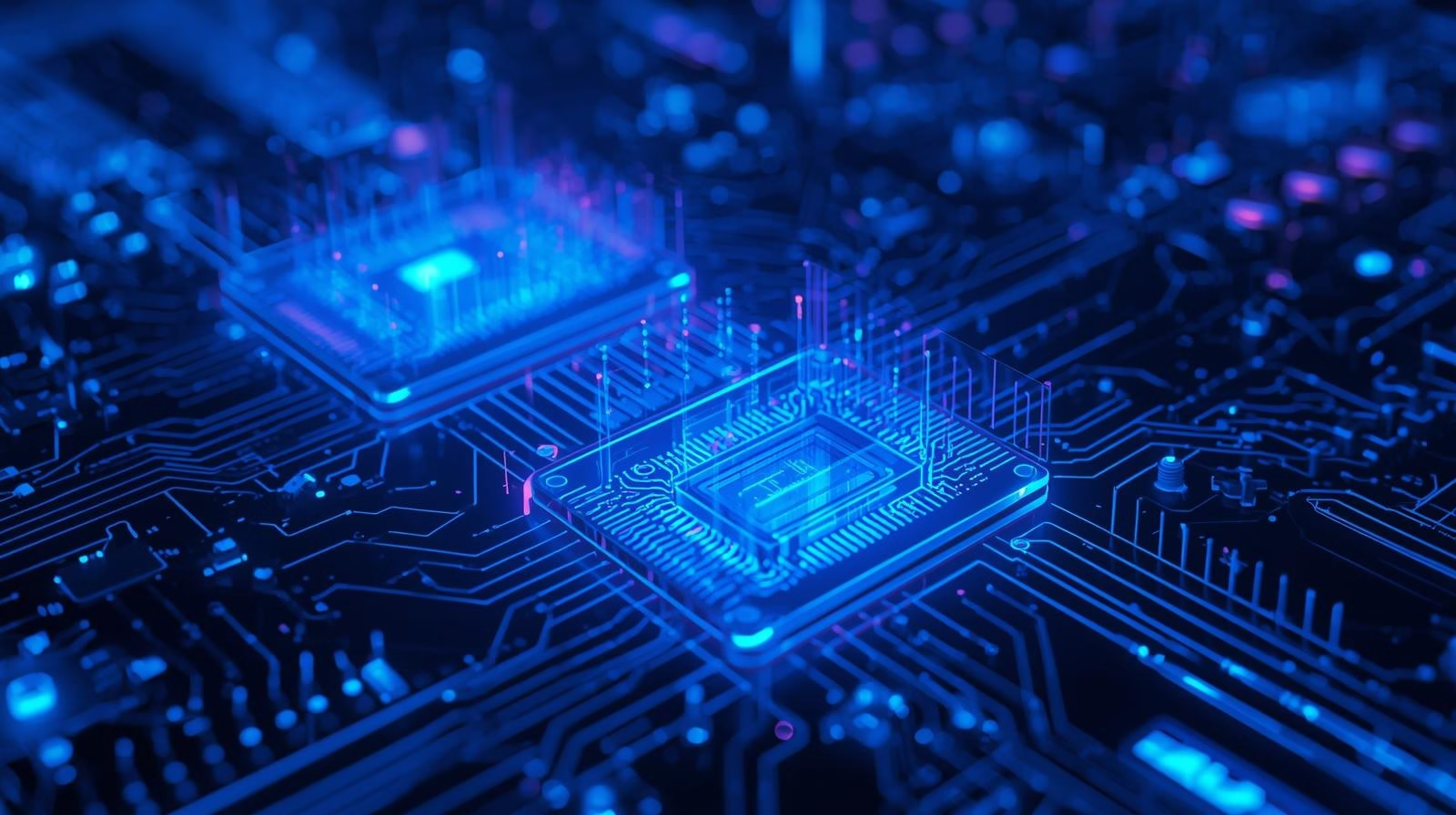When AI Sees More: Security Cameras That Spot Trouble Early
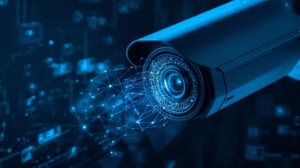
Traditional surveillance cameras only recorded what happened. Human operators had to interpret the footage. With Artificial Intelligence (AI), cameras are no longer passive observers; they’re active guardians that can detect, analyze, and even predict risks in real time.
AI lets cameras spot patterns, find anomalies, and recognize suspicious behavior instantly. These smart systems don’t just show footage. They understand context and flag risks right away. In short, the camera doesn’t just see, it knows when something is wrong.
What Does AI Actually Do in a Security Camera?
AI-driven security cameras use machine learning to detect and identify objects, actions, and situations. Instead of just watching someone walk through a parking lot, they can notice unusual behavior like a person lingering near parked cars or a delivery truck entering through an unauthorized gate. AI models are trained and configured to know what “normal” activity is, enabling them to quickly spot deviations.
When the camera spots irregularities, it quickly notifies the security platform or operator. This helps teams respond before an incident gets worse. This might involve flagging unusual movement after hours or spotting a vehicle by its license plate. AI-driven security cameras offer key functions that boost accuracy and reliability.
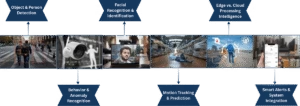
Object & Person Detection: This technology can spot humans, cars, and animals. It reduces false alarms from things like shadows or moving leaves.
Behavior & Anomaly Recognition: AI allows instant recognition and alerts within milliseconds, reducing response time. It tracks normal activity patterns in the area. If it spots something unusual, like trespassing or suspicious behavior, it alerts operators.
Facial Recognition & Identification (where allowed): Matches faces with known profiles. This helps identify authorized individuals and flag those who aren’t.
Motion Tracking & Prediction: Tracks moving objects and predicts their trajectory. This is crucial in quick situations.
Edge vs. Cloud Processing Intelligence: Can be in the camera (edge) for quick responses. Or, it can be in the cloud for detailed, large-scale analysis that takes more time. This choice depends on the need.
Smart Alerts & System Integration: When AI spots an irregular event, it can trigger alarms, send notifications, or connect with larger security systems, like access controls.
Real-World Applications That Go Way Beyond “Just Watching”
AI-driven security cameras are now active tools, not just passive eyes on a wall. They help organizations prevent risks, improve operations, and save lives. These systems use smart detection and instant alerts. They are transforming security and monitoring in many industries.

Perimeter Intrusion Detection: AI-driven cameras in places such as factories, warehouses, large campuses, and even border security, can, on the spot, detect when an unauthorized person or a vehicle has gone beyond a restricted area, thus reducing the dependence on constantly monitoring human supervisors.
Retail Loss Prevention and Customer Insights: Beyond capturing instances of shoplifting, they allow retailers to tap into customer analytics. Retailers can measure footfall, or the number of visitors entering the store. They can also track queue lengths and monitor how long customers spend in different areas. This data helps them optimize store layouts and improve staff allocation.
Traffic Management & Smart Cities: The AI-driven cameras that support various tasks from the recognition of license plates to tracking vehicle flow are helping to achieve smoother traffic control. Furthermore, these cameras can spot accidents or traffic jams as they happen, thus, the emergency response can be quicker.
Workplace Safety: In the case of a factory, for example, AI can automatically detect and highlight safety violation cases, such as a person without a helmet or vest. At the same time, it can notify a fall, unsafe practice, or the emergence of a potential hazard close to the machine; thus, the company can protect its workers in a preventive manner.
Critical Infrastructure Security: Places like airports, data centers, and energy plants depend on early warning systems. AI surveillance spots suspicious activity or breaking-in attempts that are about to happen, rather than escalating into severe threats.
Healthcare & Elder Care: AI-driven camera supports care workers through the identification of a fall, a sudden inactivity, or any other medical emergency amongst patients and residents, thus guaranteeing a quick reaction in a situation where every second counts.
What’s Inside an AI-Enabled Camera? (And Why It’s Hard to Build)
From the outside, an AI-driven camera may look no different from a traditional CCTV unit. However, inside it is a combination of several sophisticated parts that have to work perfectly together. Every feature adds to the complexity, and that is the main reason why designing such systems is significantly more complex than a standard CCTV system.
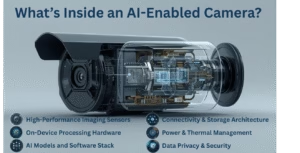
- High-Performance Imaging Sensors: Capture clear images across varied environments. AI analysis can be reliable only if they are updated with the correct data.
- On-Device Processing Hardware: The AI-driven camera is equipped with a specific processor that is capable of performing billions or even trillions of operations per second. The efficiency of a device in running deep learning models is measured in TOPS (Tera Operations Per Second), which is a unit of performance.
- AI Models and Software Stack: Deep learning models are trained on large datasets. Developers use these datasets to train the algorithms that, consequently, in different situations, detect faces, behaviors, and objects. Such models do require constant updating and optimization to remain efficient.
- Connectivity & Storage Architecture: The effective management of what is done on the device (edge) versus the cloud, while allowing quick alerts, efficient use of the bandwidth, and the reliable storage of video.
- Power & Thermal Management: Processors capable of TOPS run inside compact units, creating heat and power challenges. Cameras need to be durable, effective, and capable of being used continuously without any downtime.
- Data Privacy & Security: As the video footage can be very sensitive, strong encryption, secure firmware, and adherence to regional laws are the basic requirements.
It is quite challenging to integrate advanced imaging, powerful AI hardware, and secure design into a compact, low-priced product without the need for deep engineering expertise.
This is where Syrma SGS adds value by delivering precision-built imaging modules, embedded designs, and manufacturing solutions that not only make AI-driven cameras feasible but also make them easily scalable.
Myths About AI Surveillance (And What’s Actually True)
AI surveillance is often misunderstood, giving rise to several myths around the technology’s capabilities, limitations, and ethical aspects. Here is a list of common myths along with the facts.
Myth: AI surveillance is 100% accurate and infallible
Fact: AI may occasionally produce false positives or negatives, especially under challenging environmental conditions. However, AI’s ability to process vast amounts of data quickly and consistently far exceeds manual monitoring, making security more efficient.
Myth: AI can fully replace humans in surveillance
Fact: AI is designed for assistance, not a replacement. A human supervisor is needed in decision-making and problem-solving in some situations. The AI-driven cameras take over the routine monitoring, freeing staff to focus on tasks requiring discretion and professionalism.
Myth: All AI tools provide the same security and privacy standards
Fact: AI systems vary with respect to their architecture, how they handle data, and their regulatory compliance. The best installations guarantee the use of encryption, secure data processing, and adhere to regulations like the General Data Protection Regulation (GDPR).
Myth: AI-driven camera surveillance is too expensive for most businesses
Fact: Prices have gone down, and AI systems that are scalable and cloud-based are now available to businesses of all sizes. The investment often pays off by reducing false alarms, automating monitoring, and preventing costly security incidents.
Why OEMs Are Racing to Embed AI into Their Next Camera?
The growing demand for smart surveillance is the reason why Original Equipment Manufacturers (OEMs) are embedding AI in their cameras. The need is not only for recording anymore, as companies want the systems to analyze, alert, and even predict results in real time. An AI integration provides a competitive advantage because it can implement behavior detection, anomaly alerts, and give predictive insights, thereby reducing the human monitoring load while optimizing response time.
Moreover, edge computing and high-performance processor developments, for example, NVIDIA Jetson, have made it possible for a camera to carry out on-device video processing with very high TOPS and thus achieve instant automated decisions.
The need for regulatory compliance, staff safety, and operational efficiency are some of the factors that drive the trend of adoption. Syrma SGS helps OEMs bring AI-ready cameras to market through its embedded modules and manufacturing solutions, offering a blend of performance, scalability, and reliability.
The Future: Security Cameras That Think, Learn & Maybe Even Predict
Security cameras are being changed from completely passive devices into smart, adaptive systems. By implementing the AI and edge computing technologies, these cameras will not only recognize abnormal conditions but also understand what is typical in their environment and anticipate risks before they occur.
Some examples of predictive abilities might be the recognition of unusual activity trends, the identification of safety violations before they get worse, or providing operators with security threats that are about to emerge. These systems can turn behavioral data into strategies, staffing, and emergency response. Future AI-driven cameras may integrate with IoT ecosystems, enabling smart cities and workplaces that are not only safer but also more efficient.
At Syrma SGS we make this new era of smartness possible by providing embedded imaging modules and AI-ready hardware that support OEMs to develop cameras that not only capture events but also anticipate and prevent future risks.
Disclaimer: Images used in this Blog are AI generated
